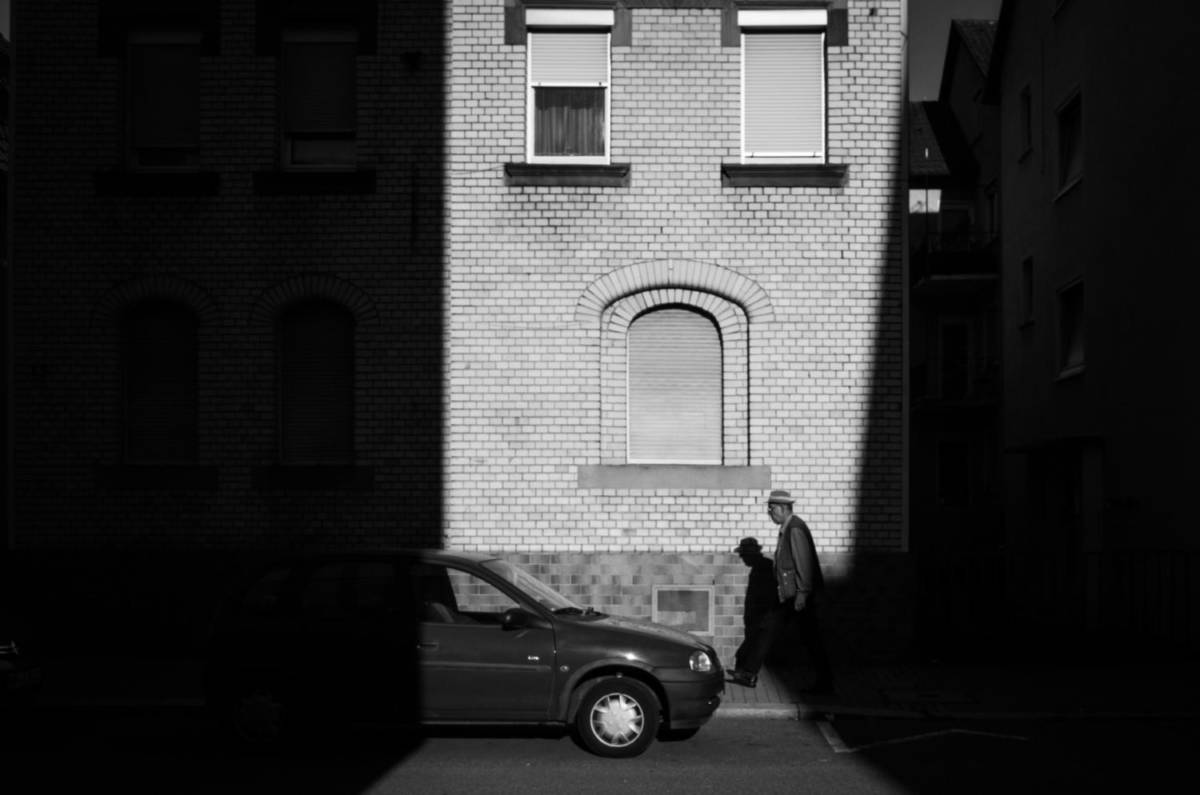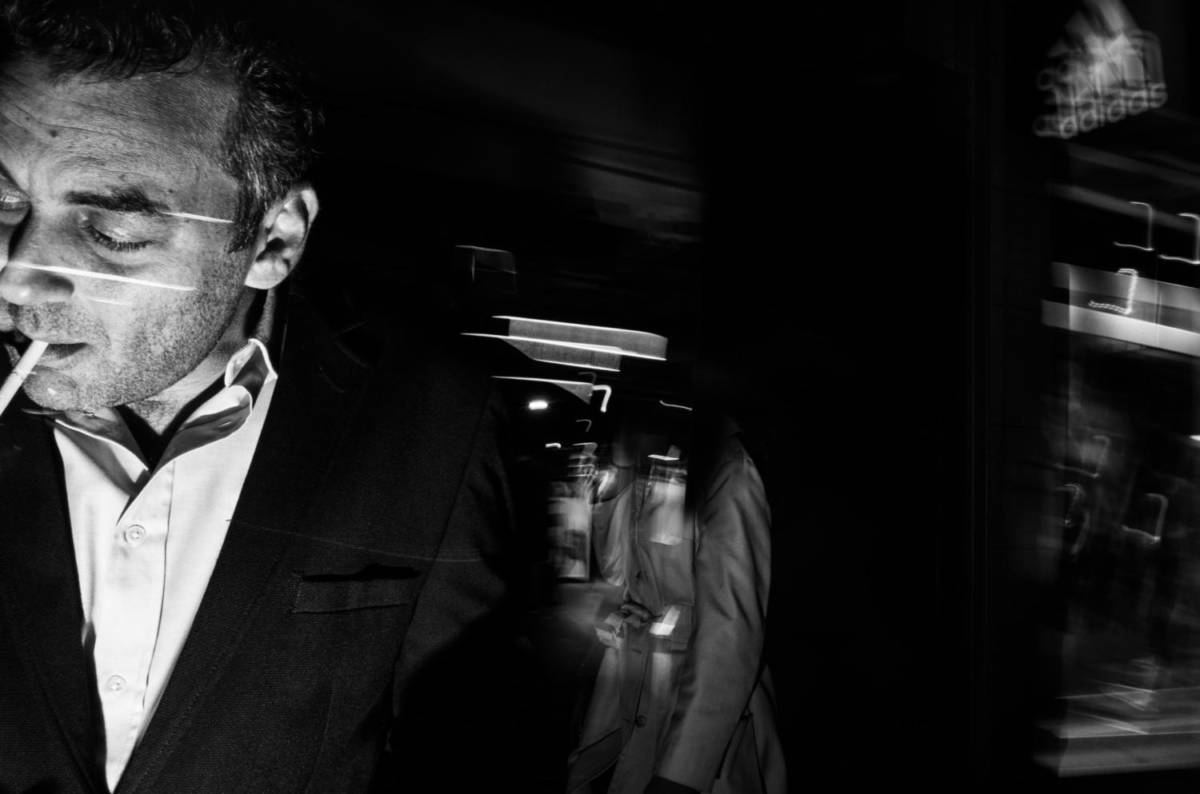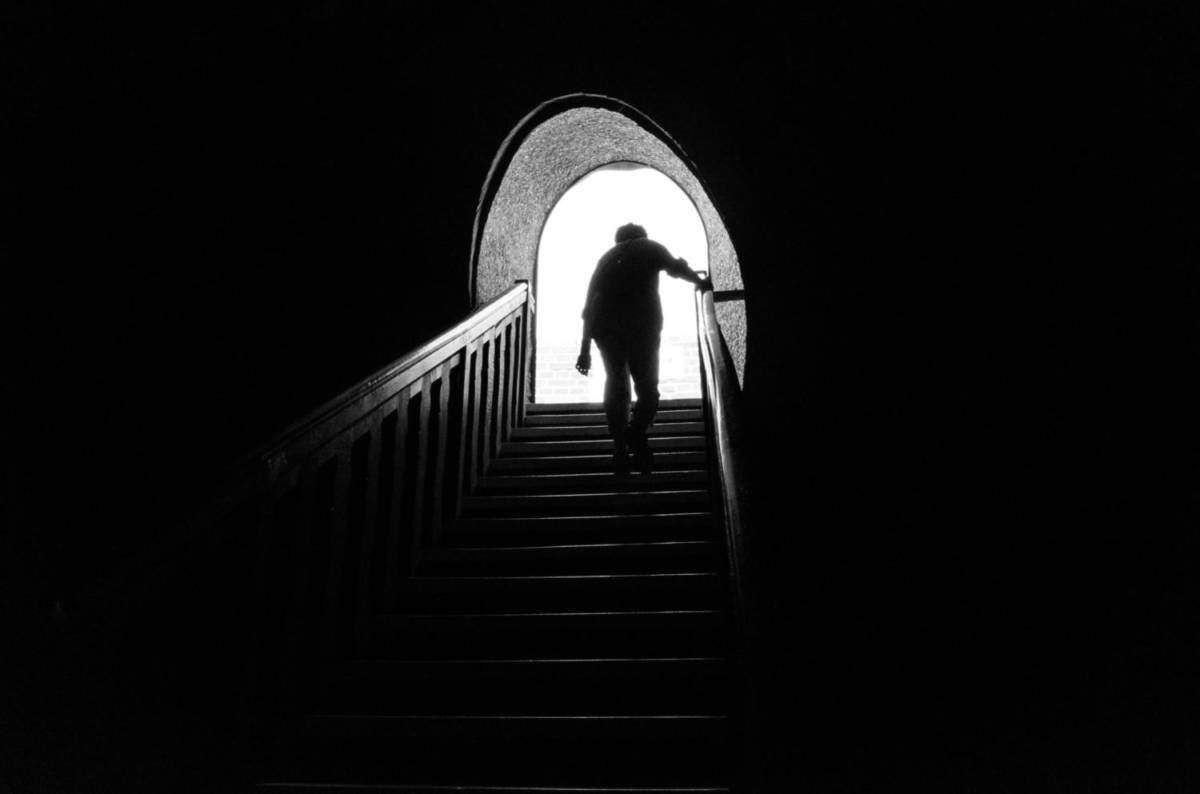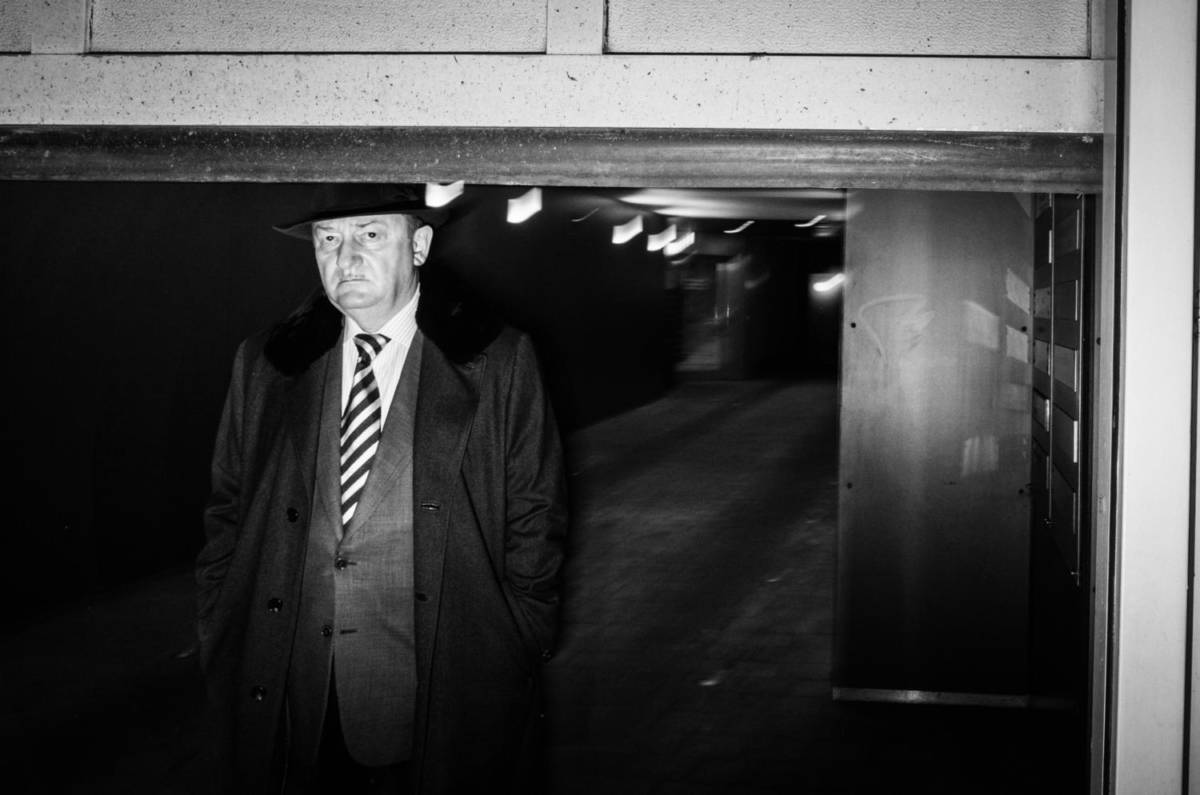Street Photography is one of the fastest genres of Photography. Scenes appear on the fly and vanish within seconds. Therefore there is the prejudice, that Street Photography is “only” a snapshot discipline that doesn’t require a lot thinking that goes into a single photo. This conclusion is very short-sighted – just because we have to make decisions and adapt within seconds doesn’t mean that we put a lot of work and thinking into every photograph. The thought process is what differentiates amateurs from masters and drawing the right conclusion on the spot makes great Street Photographers. If you haven’t put a lot of thinking before clicking the shutter yet, here is a guide to the thought process that makes great photos.
Shooting from the Gut
A lot of people are afraid of following rules because they feel confined by them. The same applies to the photography world where people justify the breaking of rules with creative freedom. Rather than thinking consciously about the composition and end result they just photograph whatever “feels” right. If you see yourself within this category and don’t believe that a lot of thought is needed before clicking the shutter button, you should reconsider this stance. Of course, you might get a decent shot once in a while, but that doesn’t mean that you mastered photography and couldn’t further improve your results.
Furthermore, when you observe some pro-photographers it might also seem that they click randomly. The difference is that most of them already ingrained the process behind a great photo and don’t need to actively follow their conscious decisions. They can shoot from the gut because their subconscious makes the right choices. To reach this state, you need to actively remember what makes a great photograph and try to apply those rules while you are out shooting. If you think you can be a great photographer just by following your instinct and don’t need to do all the hard work and knowledge to create great photos, you are only slowing down your progress. Photography follows strict rules and that is the reason why it is important to put a lot of thought into every single image.

Settings
One of the most asked questions is, which settings have been used to create a specific picture. The parameters of the camera seem to be very high on the priority list when taking photographs. Thus a lot of photographers put a lot of time and effort into getting the right set-up for the picture. In Street Photography there is no need to overanalyze the technical aspects of a photo. Put your camera in automatic mode with the right boundaries for your Shutter speed and F-Stop and you are good to go.
The goal should be to get in-focus and sharp shots. All you need to do is to identify the low end of your shutter speed, you are comfortable to not blur out a lot of shots. In addition, your aperture shouldn’t be too wide open to create a narrow depth of field that might increase the chance of failure for the auto-focus.
For me, my standard go-to settings are around f 1/5,6 to f 1/8 and 1/200th of a second that I use 90% of the time on a moderate sunny or cloudy day. Once you have figured your personal favorite camera setting, you shouldn’t need to rethink them every time you take a picture.
Instead put more time on the creation of the actual picture, far away from the technical aspects. This is where the real fun of photography starts and where your focus is truly on the end result to realize your creative vision.
Creating the Picture in your mind
I already mentioned that without the technical part, we are truly free to follow our creative vision. In reality, this means that we need to create the final picture before clicking the shutter button. Without having an idea in mind how the image should look in the end, how could you be able to actively create a photograph?
Just think of yourself as a painter of realism. Would you ever imagine that a realistic painter would randomly slab his brush on the canvas without knowing which direction he is heading? Sure it might look unorthodox at first and you might not be able to comprehend his process from the start, but in his mind, the painter already finished his painting. Small adjustments aside, he uses his tools to express what his mind is dictating his hands.
For us Photographers this means, that the camera is only a tool to create the image that is already finalized in our mind. In Street Photography we need to think quickly. If you are not able to come up with a final image on the fly, it is no shame to wait for the next scene that might inspire you.

Storytelling
One very strong driver in the inspiration and forming of the final image is the story that I want to tell in photography. The story doesn’t need to be very complex or extensive. Rather focus on one point whether it is the interaction of different people, a gesture or a simple emotion that I want to display or invoke. With the story in mind, I am able to decide which elements are crucial and which aren’t.
The final frame should only include elements that are vital to the story. Therefore the distance from the main subject is decided by the surrounding elements that I want to include. If for example, only the person is important in context to the background I am not trying to also capture people far away or buildings just to somehow fill the frame. If the story is strong enough on its own you don’t need those filler objects. With the story in mind, I am able to create a general direction that I am able to follow.
Before clicking the shutter button, think about what the final picture should tell the audience or what it should express. The final picture shouldn’t just be a mere display of reality, but capture the audience’s fascination. When I wrote about creating the final picture in your head first, the story is the first brick of the finished building.
Create the final picture starting with the story and the rest has to follow.
Composition
The second step of creating the final image is the aesthetic appeal that supports your story. The story on its own only helps you to envision what you want to display, but the composition tells you how. Therefore the composition has a supplementary character to support your creative vision.
As the focal point of your picture acts your story. Sacrificing the storytelling in favor of composition depends on your personal choice, but is usually not what I favorite. Therefore I don’t try to create a picture that is perfectly composed from the beginning but instead optimizes the current image’s composition without diluting the story.
In reality, this means when I approach a scene I feel worthy to share with the world, I imagine which perspective and point of view might be the best to put the story in the best possible light.
Things I consider before taking the shot are for example the rule of thirds, the background and geometrical elements like triangles or leading lines.
For a more extensive guide and pictures read Understanding Aesthetics
There are far more elements of composition you could try to perfect. But when it comes to making decisions quickly I usually just try to actively think about the three aspects mentioned above. Anything else comes with routine over the years.

How to become faster
Noticing a nice scene, making up a story, creating a picture beforehand and optimizing the composition can be a prolonged process. Posed photography can take many hours to weeks or even months to turn an idea into a picture. In Street Photography we don’t have the time and need to finish this process in a matter of seconds. This can be quite overwhelming at the beginning and this is where the prejudice of a “snapshot genre” derives from.
As a first disappointment, there is no shortcut to investing a lot of time in the field and practicing Street Photography. Like any other profession, you will see a steady progress. Some days might feel like setbacks while others put you on the top of your game. To master Street Photography and internalize the thought process behind every picture here are a few tips.

Photograph anywhere and anytime
Carry a small compact camera and take pictures whenever you notice something worth photographing.
Focus on specific tasks
Don’t try to apply every little detail, I mentioned in the article before, at the same time. Rather focus on one topic at a time and try to perfect it. Do this with every quality you like to improve and in the end combine them for a great picture.
Study the masters
Try to soak up great Street Photography and Photojournalists pictures as much as you can while ignoring all the mediocre stuff. Analyze these images and apply everything you learned in your personal photography.
Be inspired
Let yourself inspire by anything that helps to kickstart your creativity. Literature, movies or music to name only a few fields that might motivate and inspire you. Don’t focus on photography solely, become a well known human being on as many fields as you are interested in.
Stay Curious
Sebastian Jacobitz





















